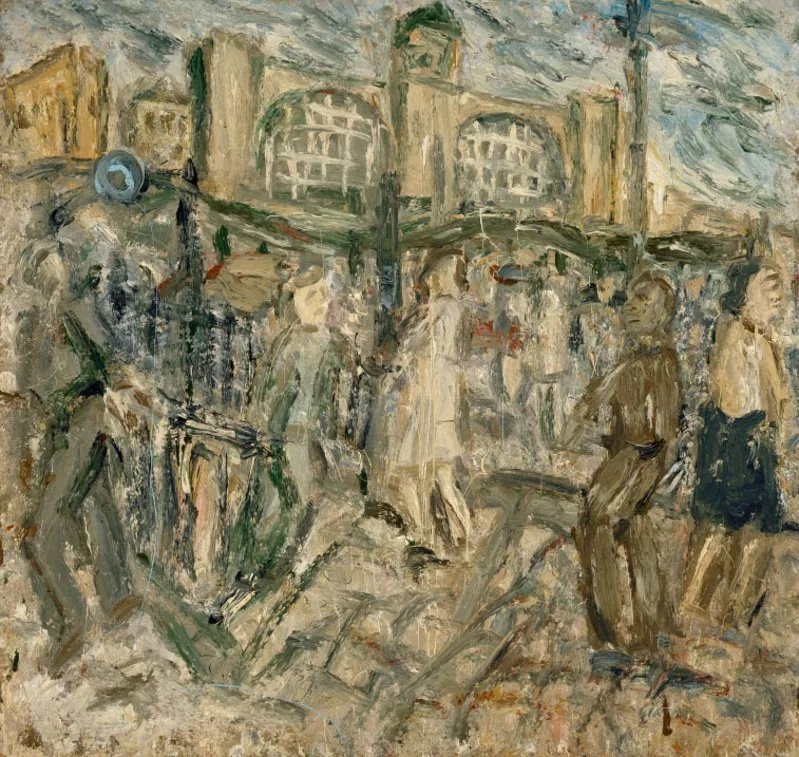What the Doctor Ordered
10 February 2022
Despite gruesome connotations, the field of antique medical instruments encompasses objects of beauty and exoticism.
Richard Smyth
Richard Smyth is a writer and critic. His latest novel The Woodcock was published by Fairlight Books in July, 2021.
An antique x-ray tube made by Green & Bauer, Hartford, Connecticut. This x-ray tube is model #5483 and has an initial patent date of Sept. 5 1911.
Image courtesy of Alex Peck.
All antiques have stories to tell – all old things carry their history within them. But some histories are darker than others, and some stories make for uncomfortable reading.
Open, for instance, the sharkskin lid of the Regency neurosurgery kit that came up for auction in London in 2017 – turn over in your hands the ivory-handled trepanning tools, the Hey’s saw. These are instruments for drilling or cutting holes in the skull. They are also high-value luxury items. Or there’s the French surgery set from 1835, housed in a brass-bound satinwood case, that fetched £4,200 at auction, bullet extractor, cauteries (hot irons to stop bleeding), dentistry instruments and all. These are objects that have borne silent witness to scenes of unimaginable drama. They may also have done immense good.
‘Whether or not these items are gruesome depends very much on the observer,’ says Fletcher Wallis, a dealer and renowned expert in medical antiques. ‘They were state of the art at the time and their sole purpose was to prolong or save lives. Personally I would associate ‘gruesome’ with weaponry used to maim or kill.
‘Every instrument has a story to tell,’ he goes on. ‘Many were invented or improved by eminent doctors and surgeons. They mainly appeal to members of the medical and surgical professions, who usually collect within their own specialist area of interest.’
An antique Dr. Butcher's amputation and excision saw by Arnold & Sons, London. An unusual feature of the antique Butcher's amputation saw, aside from the name, is a blade that can be rotated to cut at any angle and beneath a flap. Dr. Richard George Herbert Butcher (1816-1891), a Dublin surgeon of note, invented the instrument in 1851.
Image courtesy of Alex Peck.
However we feel about these items – scalpels and lancets, fleams and saws – there’s no denying that they are sometimes things of considerable beauty. This goes beyond their precision engineering, their high-performance materials and professional finish; there are often elements of design, even decoration, that make these objects far more than just tools of the trade.
A lancet case recently on the market was covered with pink rayskin and fitted in gold; the lancets themselves had handsome tortoiseshell guards. These were not utilitarian objects – they were status symbols. A silver tongue-depressor from the reign of George III, sold for £72, a silver Regency ‘sick syphon’ or feeding tube and a 15-carat-gold tongue scraper also seem to go some way beyond mere utility.
‘The combination of ingenuity and skilful use of exotic materials capture the collector’s eye,’ says Alex Peck, a world-leading collector, dealer and expert in the field. However, he adds, ‘on occasion clients have expressed that their families would not be thrilled to have some items around the house.’
Among the most striking of medical antiques are the ornate large, lidded jars that turn up regularly in sales of medical and apothecary equipment. These are not jars for tonics or tablets – they are leech jars, designed to hold blood-letting leeches, which were in widespread medical use until the mid-1800s (and in folk medicine for decades afterwards).
But there can be few more arresting examples of the skill required in the manufacture of medical equipment than the ‘optical prosthesis’ collection – the classic tray of staring glass eyes that comes up for sale every now and then at medical, scientific and ‘curiosity’ auctions. At present, Bonhams is anticipating bids of up to £6000 for an array of more than 250 hand-blown glass eyes in blue, brown and ‘olive mixture’. Blown by oil-lamp and bellows, with each nuance of colour and every small blood-vessel painted in by hand, these are works of remarkable craftsmanship – as well as of enormous medical value.
One of the most newsworthy recent sales in the field of medical antiques was made in the US in 2017 when an anonymous buyer paid $104,000 for two surgical kits that had belonged to John Warren, the founder of Harvard Medical School and a surgeon with George Washington’s Continental Army during the Revolutionary War of 1775-83. Most of the tools were designed for bullet extraction and amputation – and the kits, said the auction house, showed signs of ‘heavy use’.
Among the provenance materials made available with the lot was a 1906 article from the Boston Herald, reporting on an exhibit at Harvard at which the Warren kits were on display. ‘These instruments seem like the coarse and blundering tools of a carpenter to the modern surgeon,’ the reporter wrote, ‘in comparison with the instruments used today.’
More than a century on, how many of us would be happy to be operated on by a surgeon wielding the scalpels and saws of 1906?
‘The antiques are usually a reminder of how far medicine has come,’ says Alex Peck, ‘but also pose the question of how today’s practices will look to the medical world in a hundred years.’














